- Earth, Atmosphere and Environment
- Research
- Laboratories
- Stable Isotope Laboratory
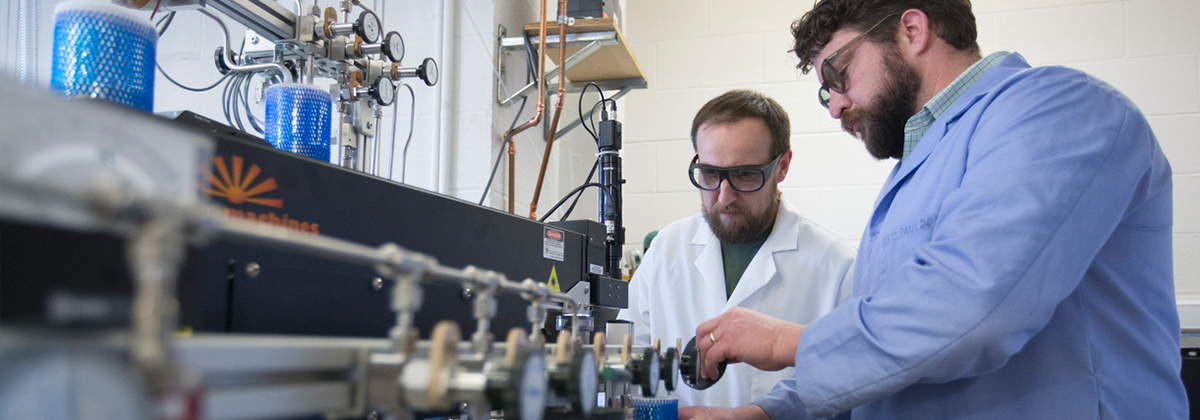
Stable Isotope Laboratory
The stable isotope laboratory (SIL) is dedicated to academic research conducted at NIU but also collaborates with other universities and industrial clients.
Our laboratory is equipped with two isotope-ratio mass spectrometers and various peripheral and sample preparation analytical devices. Isotope ratio mass spectrometry (IRMS) allows for measurements of the stable isotope ratios of light elements such as hydrogen, carbon, nitrogen, oxygen, sulfur and silicon at the natural abundance level in a broad range of samples. These isotope data are employed in the fields of geology, geochemistry, hydrology, paleoclimate research and ecology.
Research problems to which our data contribute include:
- Developing records of past environmental change in terrestrial and marine environments.
- Past climate and water availability in the Atacama Desert (northern Chile).
- Assessing the water recharge in Pampa del Tamarugal Basin (Atacama Desert).
- Isotope geochemistry and paleolimnology in western North America, Central America and South America.
- Investigating the proglacial lake sediment stratigraphy in the tropical Andes.
- Glacier mass-balance modeling.
- High latitude climate and carbon dynamics.
Stable isotopes are also used in tracing seabird-derived nutrients in terrestrial and nearshore island communities, where isotopes are used to track the response of seabirds to invasive mammal eradication, quantification of diet in mammals (bison, coyote) at Nachusa grasslands, as well as the niche breadth of small mammals.
Current Research Projects
- Elizabeth Olson (Ph.D. student, Dodd): Oxygen and carbon isotope analyses of Prosopis tamarugo tree-ring alpha-cellulose from the Atacama Desert to examine Holocene climate, water availability and landscape evolution.
- Wilson Wiedenheft (M.S., Dodd): Oxygen isotope analyses in biogenic silica (particularly diatoms) during silica dissolution/precipitation.
- Hal Hackett (M.S., Dodd): Oxygen isotope variations in Pliocene diatom silica from the Antarctic marine (AND-1B) core.
- Vito Valerio (M.S., Dodd): Oxygen and carbon isotope systematics of modern Prosopis tamarugo tree-ring alpha-cellulose from the Atacama Desert to calibrate modern tree and meteorological data.
- Stephanie Kong (M.S., Jones): C and N isotope variations in soil, vegetation and arachnids from New Zealand to characterize food web dynamics.
- Tirzah Abbott (M.S., Dodd): Oxygen and silicon isotope variations in biogenic and low temperature opal during transition from Opal-A to Opal-CT.
- Audrina Pryer (M.S., Dodd): The effects trace elemental variations on oxygen and silicon isotope fractionation in low-temperature opal.
- Carolyn Fortney (M.S., Stansell): Oxygen and carbon isotope variations in authigenic carbonates from Estonian lakes as paleoclimate proxies.
Please contact Anna Buczynska for analytical requests, pricing, project information or student/research opportunities.
Equipment
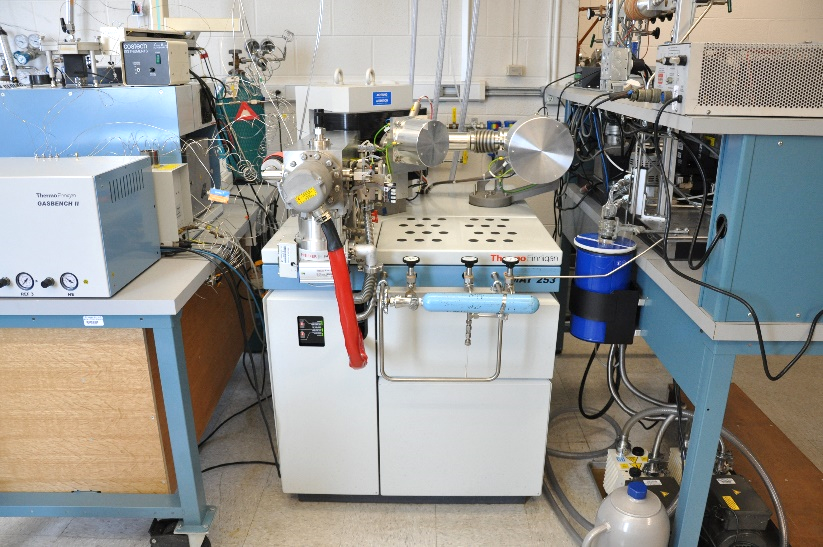
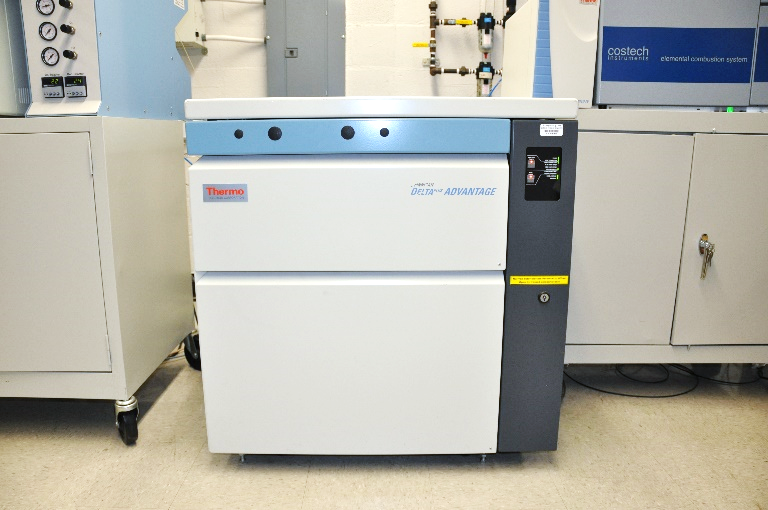
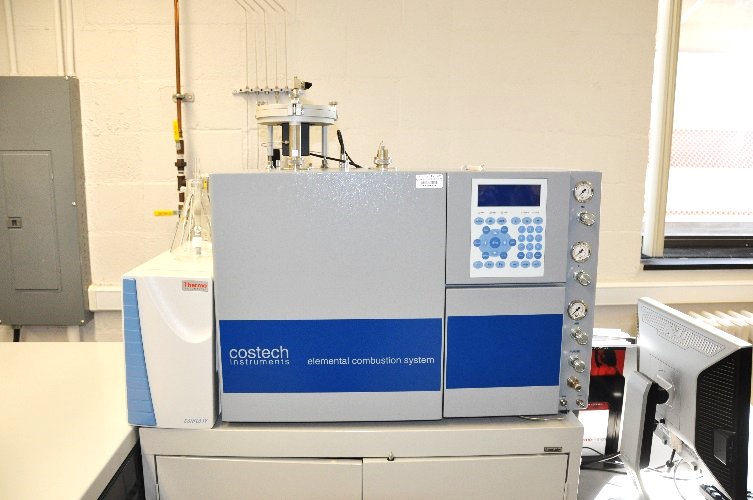
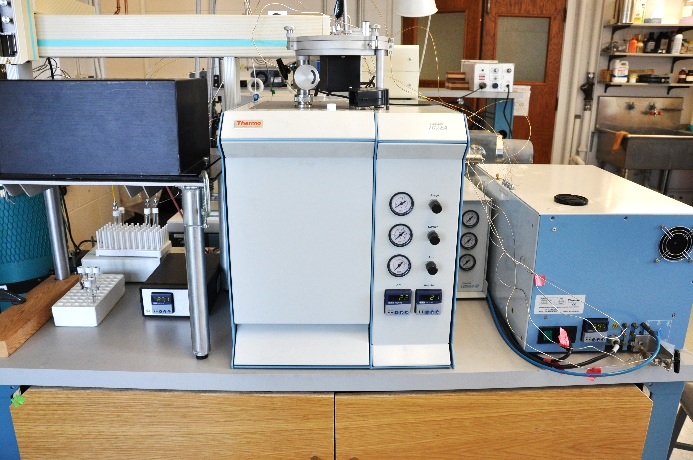
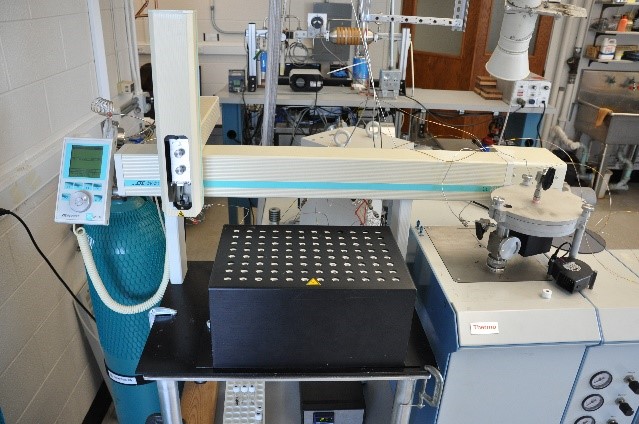
Thermo Fisher Scientific
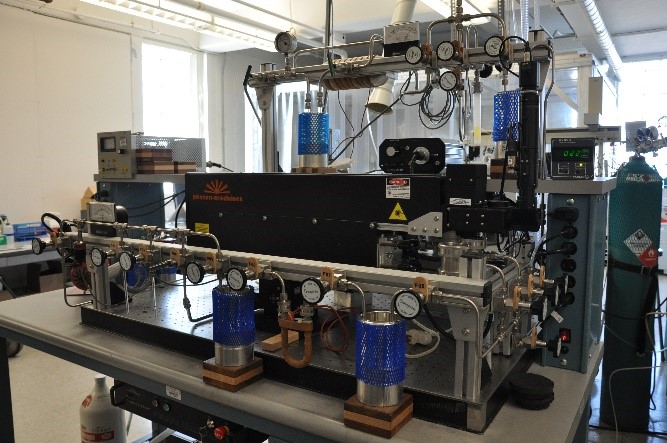
Staff
Anna Buczynska
Research Associate
abuczynska@niu.edu
815-753-7945
DH 504A
Joshua Schwartz
Lab Manager
joshua.schwartz@niu.edu
815-753-7930
DH 411B
Contact Us
Stable Isotope LaboratoryAnna Buczynska
Research Associate
abuczynska@niu.edu
815-753-7945
Joshua Schwartz
Laboratory Manager
joshua.schwartz@niu.edu
815-753-7930